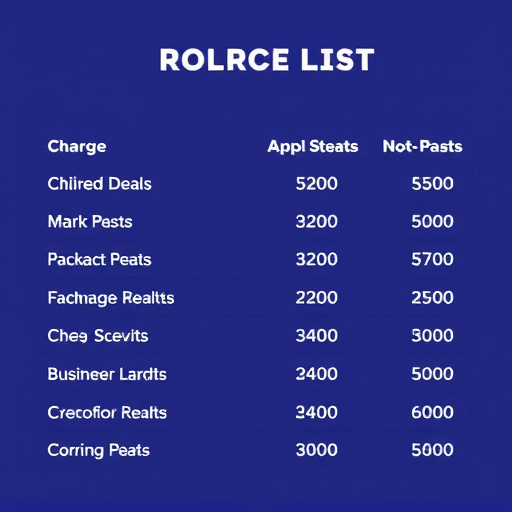The distinctive growl of a vehicle's engine intake is more than just noise—it signals engine health, performance potential, and driver experience. An aggressive yet controlled growl indicates peak performance, while a muted one may signal issues. Performance intake sound can be tailored by engineers to balance power, efficiency, and the desired tone, from deep rumbles enhancing excitement to subtler, refined sounds. This auditory cue influences responsiveness and the overall driving experience, with significant differences between aggressive and moderate tones.
In the realm of automotive performance, the intake growl—a unique sound signature—plays a pivotal role in engine response and overall driving experience. This article delves into the intricate world of intake growl characteristics, exploring how varying sound levels impact vehicle dynamics. We’ll dissect the differences between aggressive and moderate intake sounds, revealing their distinct effects on engine performance. Understanding these nuances is key to unlocking optimal power delivery, making this knowledge a must-have for enthusiasts seeking to enhance their driving pleasure.
- Understanding Intake Growl: The Role of Sound in Performance
- Decoding the Difference: Aggressive vs. Moderate Intake Sounds
- Enhancing Performance: How Intake Growl Characteristics Impact Engine Response
Understanding Intake Growl: The Role of Sound in Performance

Intake growl, characterized by its deep and aggressive sound, plays a crucial role in vehicle performance. This phenomenon occurs when air flows turbulently through the intake system, creating vibrations that manifest as a distinct growl or roar. The sound is not merely an aesthetic feature; it conveys valuable information about engine health and performance. An aggressive yet controlled intake growl indicates optimal airflow, enhancing power delivery and overall engine efficiency.
In contrast, a muted or inconsistent growl suggests potential issues with the intake system, such as air leaks or restricted flow. By tuning and optimizing the intake sound, vehicle engineers can fine-tune engine performance, ensuring a balanced mix of power, efficiency, and the unique sound identity that enthusiasts appreciate. This attention to detail highlights the intricate relationship between performance, intake sound, and the overall driving experience, especially for those who revel in the aggressive yet rhythmic notes produced by their vehicles.
Decoding the Difference: Aggressive vs. Moderate Intake Sounds

In the realm of automotive performance, the intake sound plays a crucial role in shaping the driving experience. Among the various nuances, differentiating between aggressive and moderate intake sounds is essential. The former, often associated with high-performance vehicles, delivers a deep, rumbling growl that resonates through the cabin, evoking a sense of power and excitement. This distinctive sound is achieved through specialized intake design, including larger apertures, tailored air paths, and components crafted from materials that enhance acoustic properties.
In contrast, moderate intake sounds offer a more refined and subtler experience. These notes are typically less intense but still carry the signature character of the engine’s breath. They appeal to drivers seeking a balance between raw power and an ambient, almost musical atmosphere. Such sounds often result from carefully engineered intake systems that prioritize efficiency while still providing a noticeable difference in engine tone compared to stock configurations.
Enhancing Performance: How Intake Growl Characteristics Impact Engine Response

In the realm of automotive engineering, the intake growl—a distinctive sound characteristic of an engine’s air intake system—plays a surprising yet significant role in enhancing performance. This aggressive sound is more than just a mechanical rumble; it acts as a visual and auditory cue, telling drivers and onlookers that the engine is ready for action. The design and tuning of an intake system significantly impact the flow of air into the engine, which directly influences its power output and responsiveness. An optimized intake growl can lead to improved throttle response, especially in high-performance vehicles, where a quick and precise engine reaction is crucial.
The difference between a stock intake sound and one tailored for performance is notable. Aggressive tuning can transform a mild, passive intake into a menacing roar, signaling enhanced power potential. This isn’t merely about aesthetics; it’s about leveraging the psychological impact of sound to match the vehicle’s capabilities. The right intake growl characteristics can make driving more engaging, providing a sense of control and connection to the engine’s performance, especially during aggressive driving or track days.
In understanding the intricate relationship between intake growl characteristics and engine performance, we’ve explored how sound plays a crucial role in enhancing speed and responsiveness. Decoding the distinct differences between aggressive and moderate intake sounds reveals their impact on driver experience and overall vehicle dynamics. By focusing on specific intake growl traits, such as pitch, volume, and timing, automotive engineers can fine-tune engines for optimal performance, catering to drivers’ preferences while pushing the boundaries of speed and efficiency. The study of these characteristics underscores the ongoing evolution of automobile technology, where even the most subtle adjustments can lead to remarkable improvements in both power and control.














